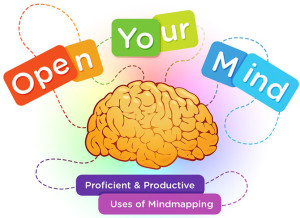Questions to Activate Thinking by Gini Cunningham
Worksheets, regurgitated answers, nods up and down, do not create thinkers. Deep, probing questions do. Students respond to the degree of sophistication that you require. If multiple choice and guessing works for you, your students will accept them as adequate proof of understanding. If you want thinkers, students need to listen, study, reflect, write, write some more and then share. It is not easy to get students to think, but ahhhh! The rewards are unbelievable.
- Think Bloom’s and then move deeper. “Understand” and “remember” questions offer feedback to you about what students know (or think they know) and understand. Their responses provide a foundation to build their learning.
- Apply – students have the background knowledge, now it is time to put it to work by solving problems, exemplifying knowledge, taking what they know and applying it in a new situation.
- Evaluate – look at the parts and determine why something works as it does: a model, an algebra problem, the actions of the main character…
- Analyze – why are things working as they do based on the parts, the actions, the events, the construction, etc.
- Create – with all of this knowledge (and success in steps 1-4) cut students loose to create their own model, problem, solution, etc. It is hard to say what they know and can do if students are not allowed to apply their evaluated and analyzed information on a design of their own.
- Never let “Yes” and “No” suffice as answers from your students. Why? How? What would happen if…? Use question probes to advance and expand thinking.
- Force outside-of-the box thinking. Students are used to simple answers; their past teachers may have been happy to hear them spew a response so that the lesson could move on. Guide them to new angles, new insights, and unique ways of thinking.
- Honor outside-of-the box thinking. When you are confused, ask for further explanation. When you are in awe, shout it out!
- Bring in information and ideas that are beyond students’ current knowledge levels when you introduce new concepts and skills. Never underestimate the power of your students to grasp complex material; think big.
- Aim high. Students are smart, capable, brilliant, and innovative. Guide, facilitate, offer suggestions, and provide support. Once you have laid the foundation and established guideposts, never let students get sidetracked into wasted and wrong directions. Redirect and add information as needed as you encourage exploration and independent thinking.
Powerful teaching is productive teaching.
© Gini Cunningham (adapted from her book, The New Teacher’s Companion: Practical Wisdom for Succeeding in the Classroom (ASCD). In addition to her writing, Gini is an author, workshop leader, and consultant who provides education for educators.
 And to help you generate those ideas for your next writing project you will want to access the teleseminar Proficient & Productive Use of Mindmapping Open Your Mind! which is available for immediate download and listening.
And to help you generate those ideas for your next writing project you will want to access the teleseminar Proficient & Productive Use of Mindmapping Open Your Mind! which is available for immediate download and listening.



